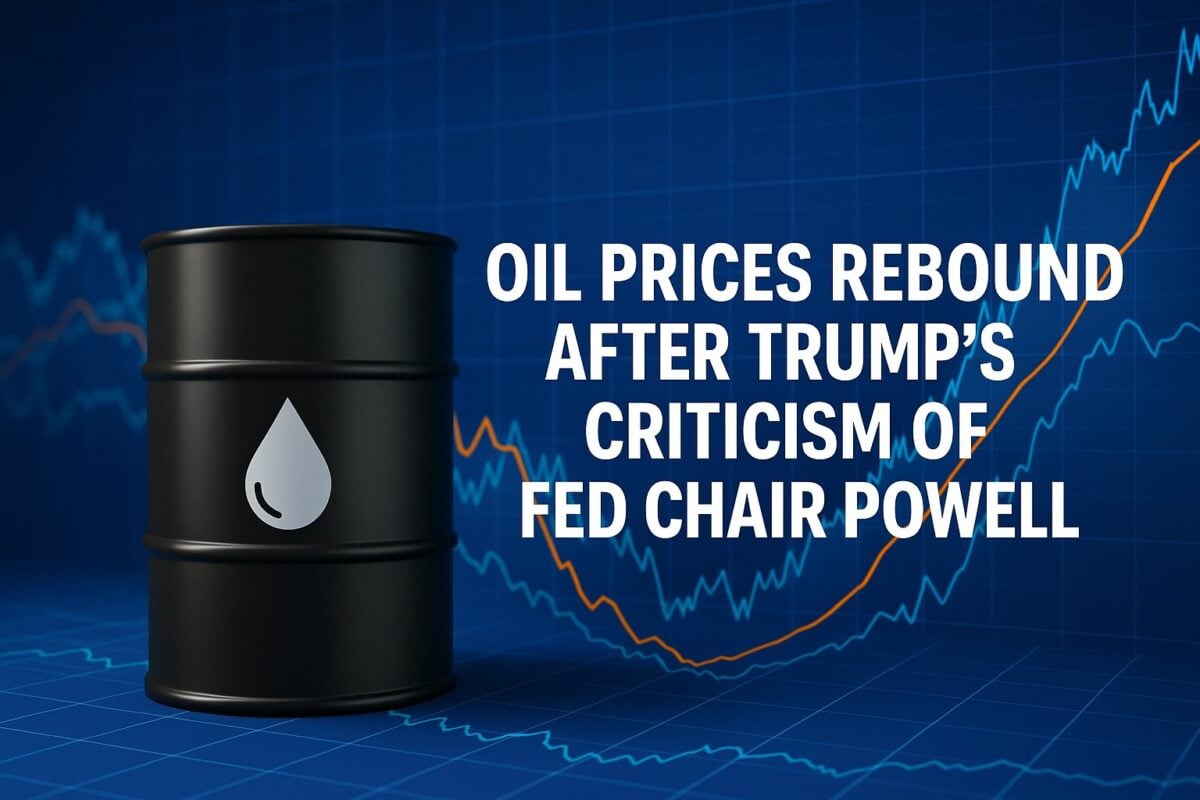
Mortgage Rates at 7.13% for 30-Year Fixed Loans
Quick Overview
Current Mortgage Rates: As of May 28th, 30-year fixed rates are at 7.13%, 15-year at 6.69%, and 5/1 ARMs at 6.41%.
2024 Predictions: Rates should stay above 6.5% with a potential gradual decline; predictions vary from 6.1% to 6.8%.
Influencing Factors: Fed policies, inflation, economic growth, and market dynamics influence mortgage rates.
Consumer Expectations: A NY Fed survey shows consumers foresee rates reaching 10% within three years.
Market Outlook: Rates may remain high short term but are predicted to decline gradually over the next two years.
The real estate market is as dynamic as ever, with mortgage rates playing a pivotal role in shaping the landscape. As of May 28th, the average mortgage rates stand at 7.13% for a 30-year fixed mortgage, 6.69% for a 15-year fixed mortgage, and 6.41% for a 5/1 adjustable-rate mortgage (ARM). These rates have seen an increase of 11 basis points from the previous week, reflecting the ongoing fluctuations in the market.
Freddie Mac and Fannie Mae: 2024 Rate Forecasts
Experts are weighing in with their predictions for mortgage rates in 2024. Freddie Mac anticipates that rates will remain above 6.5% through the second quarter of 2024. In contrast, Fannie Mae has revised its forecast and now expects the 30-year fixed rate to hit 6.4% by the end of the year. This is an increase from a previous estimate of 5.9%.
Furthermore, the National Association of Realtors (NAR), represented by Lawrence Yun, projects that rates will hover between 6% and 7% for most of the year. Factors such as inflation and the budget deficit drive this prediction. Additionally, the Mortgage Bankers Association (MBA) expects the 30-year fixed rate to settle at 6.1% by year-end. On the other hand, the NAR suggests that rates might average 6.8% in the first quarter. They anticipate a gradual decrease to 6.1% by December.
Factors Influencing Mortgage Rates: A Complex Web
Several factors influence the rates, making the market quite intricate. Federal Reserve policies are a significant factor; interest rate cuts by the Fed could lead to lower mortgage rates. Inflation is another critical element, as higher inflation typically results in higher mortgage rates. Economic growth also plays a significant role. A robust economy might push rates up. Conversely, a slowdown could have the opposite effect.
Moreover, the balance of supply and demand in the housing market is influential. And let’s not forget geopolitical events. Additionally, government fiscal policies play a crucial role. Consumer behaviour is another important factor. Movements in the bond market, particularly the 10-year Treasury yield, affect mortgage rates as well, along with the health of the banking sector influences rates. Finally, technological advancements in fintech and online lending are contributing factors. All these elements together shape the complex landscape of mortgage rates.
Insights from the New York Fed Survey
The New York Federal Reserve survey paints an intriguing picture of consumer expectations. Over the next three years, consumers foresee mortgage rates reaching 10%, with an 8.7% rate anticipated in the next year and 9.7% over the next two years. These predictions have significant implications for homebuyers and homeowners alike. Higher rates mean increased monthly payments for homebuyers, which could deter many from entering the market. Homeowners might face challenges in refinancing their mortgages. The housing market could see a decrease in demand, putting downward pressure on prices and impacting affordability. This scenario also introduces a degree of uncertainty, potentially affecting construction and overall real estate activity. The Federal Reserve’s role remains crucial, as its decisions on interest rates will continue to be a major influence.
Future Outlook: Gradual Decline in Mortgage Rates
The consensus is that mortgage rates will gradually decline over the next two years, although analysts expect them to remain elevated soon. Potential rate cuts will likely influence this gradual decline, as well. However, as indicated by the New York Fed survey, consumer sentiment suggests a possible rise to 10% within three years. Key points to consider include the current fluctuations in mortgage rates with a slight upward trend, the significant impact of Federal Reserve policies, inflation, and economic growth, and the various factors that will continue to shape the market dynamics.
Preparation Tips for Navigating Mortgage Rates
Navigating the real estate market requires staying informed about the latest trends and predictions. While mortgage rates will likely decline gradually, the near-term outlook remains uncertain, with rates potentially remaining high. Homebuyers and homeowners alike should keep an eye on Federal Reserve policies and broader economic indicators. By understanding the complex factors at play, individuals can make more informed decisions about buying, selling, or refinancing their homes in the coming years.


